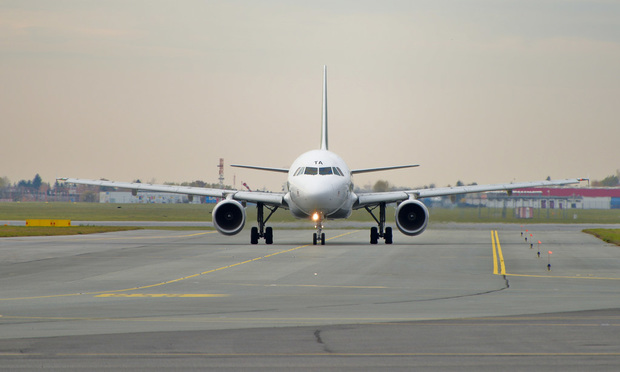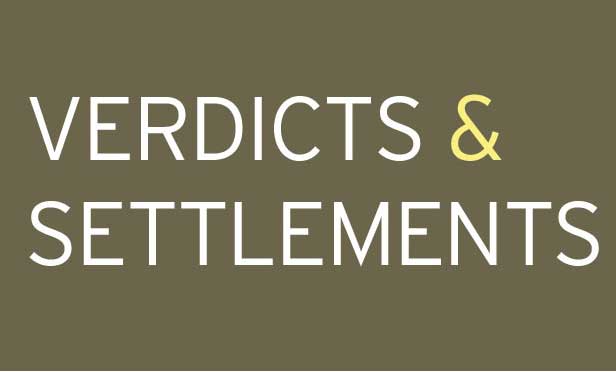Normally, work injuries arise when an employee is injured on or off the employer’s premises, while actually engaged in furtherance of the employer’s business or affairs. Last week, in US Airways v. Workers’ Compensation Appeal Board Bockelman, No. 612 C.D. 2017, the Commonwealth Court revisited the less common compensability of a workers’ compensation claim based on a premises theory of liability. The seminal case in such matters is Workers’ Compensation Appeal Board in Slaugenhaupt v. U.S. Steel, 376 A.2d 271 (Pa. Commw. 1977), where the Commonwealth Court set forth a test which required a claimant to prove the injury occurred on the “employer’s premises,” the claimant’s presence on the employer’s premises was required by the nature of the employment relationship, and the injury was caused by the condition of the premises or by operation of the employer’s business on that premises.
“Employer’s premises” is in quotes since the courts have held that the concept of premises is different from that of property. In other words, the area in question is the “employer’s premises” if it is either owned, leased or controlled by the employer and is so connected with the business of the employer as to form a component or integral part of it. Much to the benefit of the injured worker, the Bockelman court has continued a trend of expanding what it means to be on an employer’s premises.


 Airbus plane.
Airbus plane.




